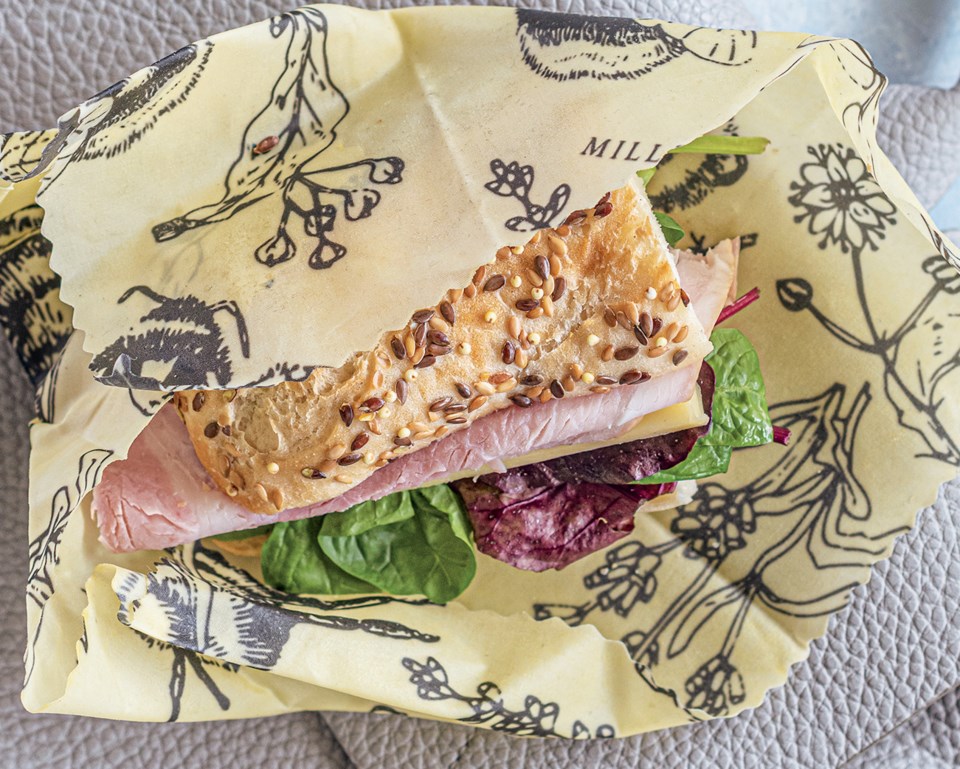In Canada, we produce approximately 3 million tonnes of plastic waste each year, 90 per cent of which ends up in landfills, incinerated or dumped in the ocean. Here’s how to dramatically reduce your own plastic waste.
Tableware
Avoid using plastic plates and cutlery when hosting parties. Instead, use regular plates and utensils or, if you often host large gatherings, purchase compostable alternatives. Another option is to buy a separate, inexpensive set of tableware just for parties.
It’s also a good idea to keep a set of utensils in your car or purse for when you have to eat on the go.
Toothbrushes
Dentists recommend changing your toothbrush every three months. This means a family of four will throw out 16 toothbrushes annually. A good solution would be to purchase compostable and biodegradable bamboo toothbrushes.
Grocery bags
Some grocery stores will charge you extra for plastic bags, and reusable canvas grocery bags are now widely available and come in a variety of design options. Ideally, choose bags made from recycled materials.
Food wrap
Instead of plastic cling wrap, opt for washable alternatives like beeswax wrap or organic cotton. These are much more environmentally friendly and can be reused many times.
Sandwich bags
Resealable sandwich bags are a lunchbox staple, but they’re easily replaced with reusable bags such as those made of laminated polyurethane and other textiles.
Visit your local retailers to find these and other products that’ll help you reduce your household waste.



